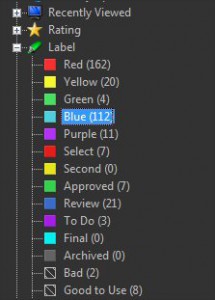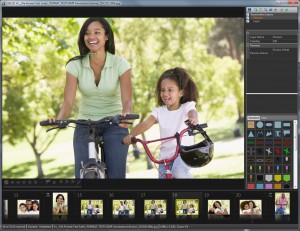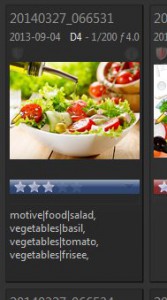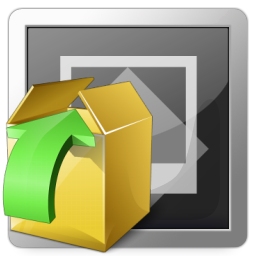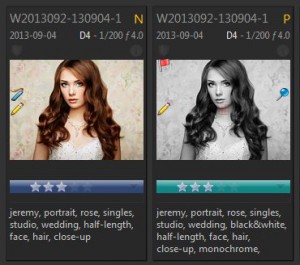Consolidating XMP Color Labels
XMP Labels XMP metadata includes an optional field named label. A label is a text or tag you can assign to an image. Digital asset management systems with XMP support like IMatch use this label for various purposes. Common examples are labels like ‘Red’, ‘For Review’, ‘Für den Druck’ or similar. Most XMP-aware applications also […]
Consolidating XMP Color Labels Read More »

